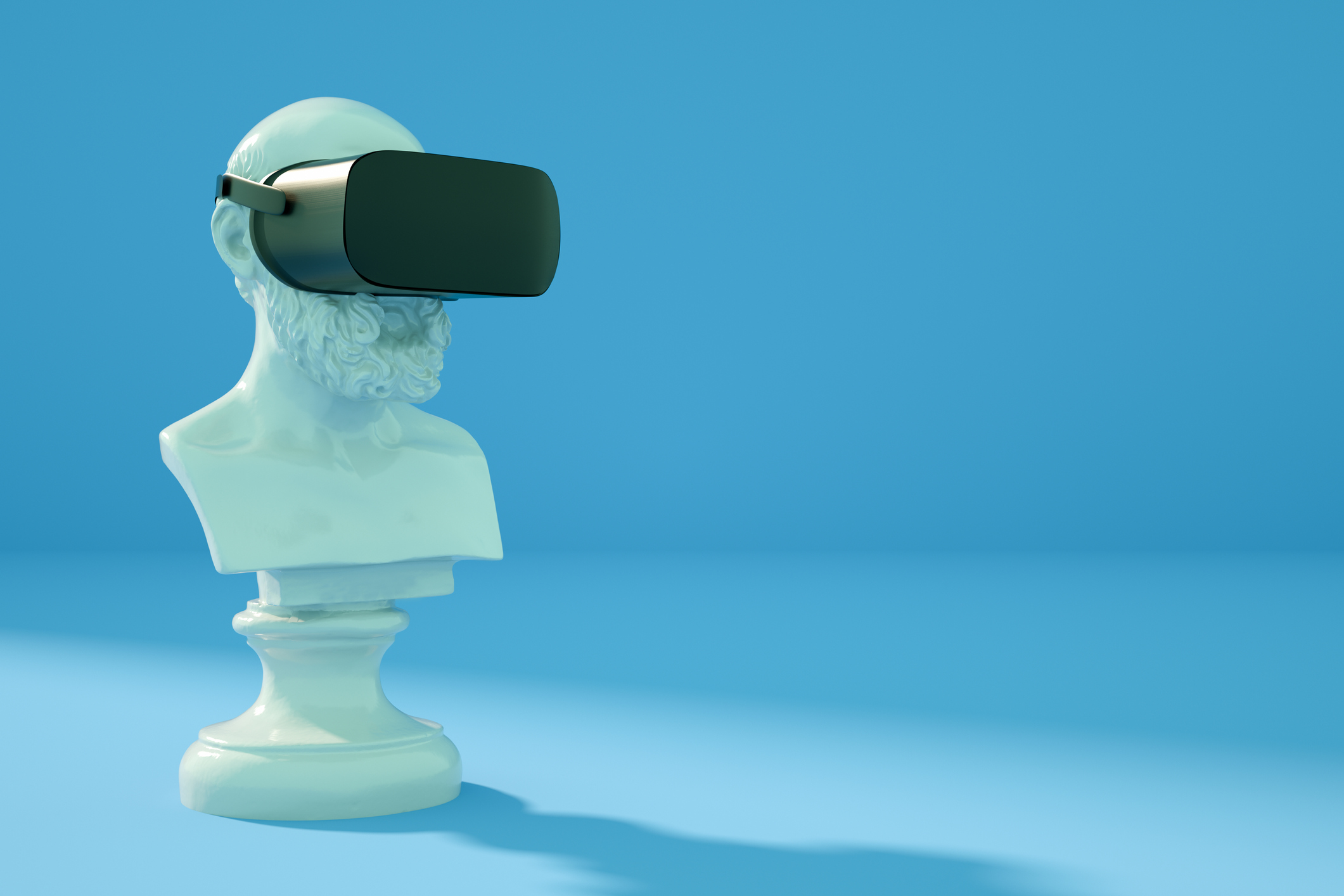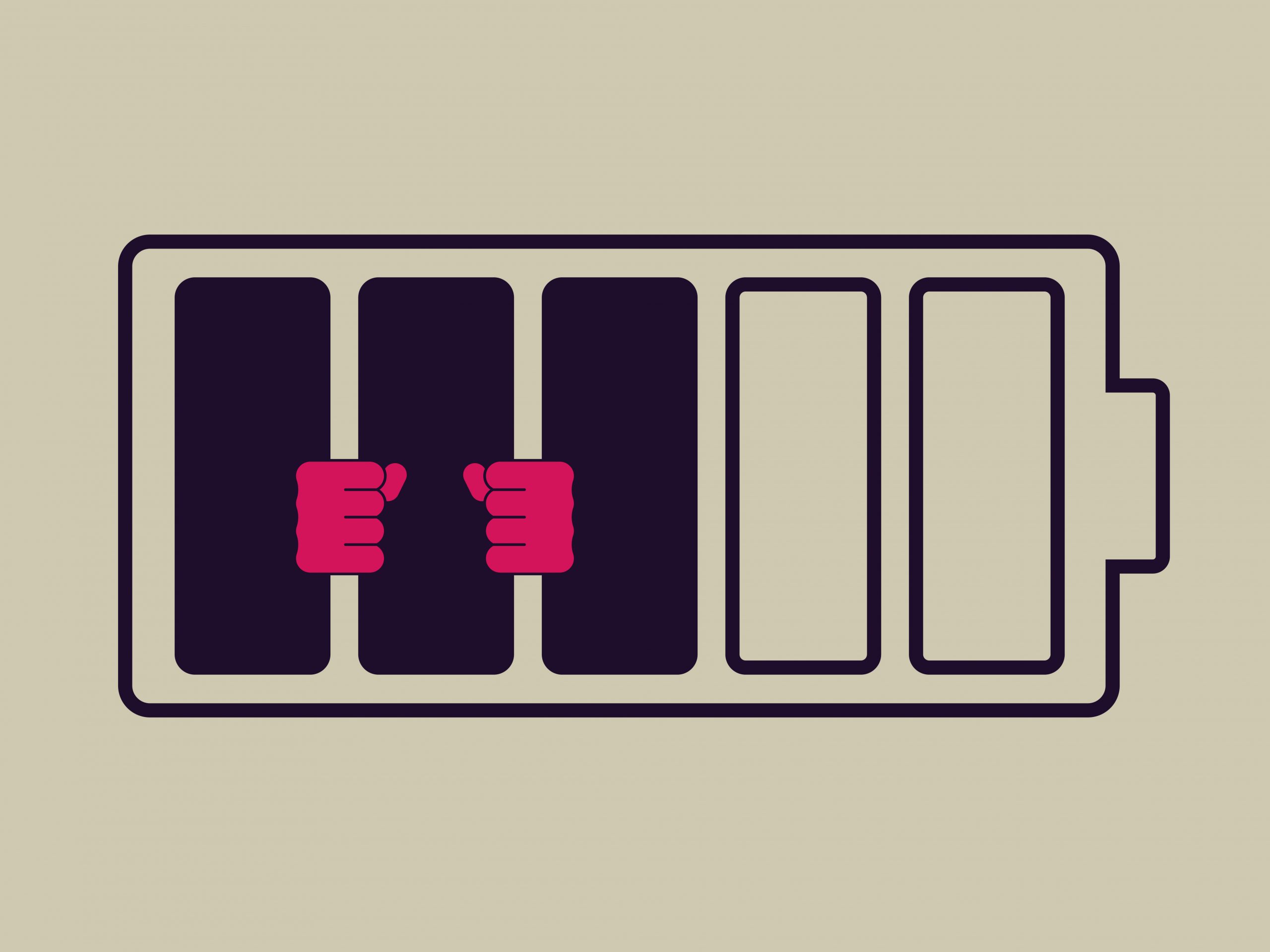Americans should resist technological subjugation by any means necessary.
Machine of Lies

You don’t know the machine’s agenda.
For 2,500 years, the cost of transmitting information fell. But over the last few centuries, the digital and the global mounted a frontal assault on the analog and the local. The triumph is nearly total. Today, instantaneously and at virtually no cost, information travels distances once considered remote. The heavy lifting is complete. As the cost approaches zero and the speed approaches light, only negligible improvements remain, and those primarily for esoteric uses (interplanetary communication, high frequency trading, military communications, etc.)
As the cost fell and the speed rose, something unexpected happened. The habits of mind and traits of character that bound people to one another and to their communities eroded. If we could quantify commitment to people and to communities, we might call the resulting function “community coherence.” If we were to depict community coherence graphically across time and superimpose the cost of information transmission on the same scale, the two curves would correlate–both starting in the top left (say around, 500 BC) and descending down and to the right as we approach the present day.
As the cost of information transmission fell, community coherence fell with it. When the mode of information transmission advanced from itinerant traveler to postman on horseback, to carriage, then steam engine, and then accelerated to telegraph, radio, and ultimately globalized fiber optic networks, community coherence fell. This is not a perfect fit. It doesn’t need to be. The connection is obvious.
Why did this happen? Low-cost, high-speed reliable information was (and is) a solvent of geographic barriers. It tends to increase the relative value of remote information by reducing its cost. And, since there is always more that is remote than is local (whatever is “local” is also limited), there is also more that is interesting that is remote. Thus, we began to think more about the remote because information about it was cheap, interesting, and reliable.
Today, we spend our time contemplating events we did not witness, places we’ve never been, and people we do not know. This is time we do not spend in and with our towns, businesses, churches, communities, friends, and families. We spend more time with ideas about places and people than in and with them. Which is another way of saying that we spend more time with ourselves. Alone. Manipulating abstractions instead of navigating realities, while downloading a firehose of information about places we will never go and people we will never meet. Doing so is cheap and pleasurable. We neglect our humanity out of a fear that somebody we will never meet, in a place we will never go, might just be doing something we will never do–and we don’t want to miss reading about it! In this way, we grew to prefer the sterile handshake of the digital to the warm embrace of the actual. In the process, the seeming opposites of solipsism and fear of missing out conspired in the fatal and final poisoning of our shattered communities. They in turn became silent witnesses to the midnight reflection of digitized photons off lonely faces.
But now something unexpected is happening. While for 2,500 years the cost of information transmission declined in step wise function, it was only yesterday that the cost of generating that information approached zero. The cost of generating information has declined before—drawing hieroglyphs on papyrus off the Red Sea coast 500 years before Christ was harder than hammering out a blogpost on a Chinese laptop in an air-conditioned Starbucks—but a human being is still involved in both.
That was yesterday. Today, artificial intelligence threatens (promises, for many) to eliminate the human cost of content generation. If, in western man’s modern quest to be God, eliminating the cost of information transmission is akin to omniscience, then eliminating the cost of information generation is omnipresence. It makes sense, then, that we would pursue both with an explorer’s excitement for the putative benefits yoked to a childish naivete regarding the possible cost.
But only an unrepentant materialist could believe that omniscience and omnipresence have no cost. The cost is plainly death. Thus, with our headlong charge into God’s domain, our optimism about the reliability of information that is both cheap to create and to transmit is about to explode in a planetary cacophony of apocalyptic fraud and propaganda. The scope and intensity of AI-generated lies will dwarf anything known by humanity since the serpent plotted in Eden. In our humbler past, this was known as evil.
Of course, in all man’s repeated attempts to be God, he has failed, and He has forgiven. By some logic inherent in all our historical attempts to depose, the process reached an unanticipated limit that reversed its effects in unpredictable ways. In retrospect, some would say that the attempts were premature because the theory was improperly applied or not rigorously understood. Others would say we were saved from ourselves. In either case, in this most recent deposition, mediated by a machine intelligence that can create and disseminate at no cost the contorted narratives of any person or thing, we’re going to need systems failure or grace. Or both.
There is some reason for optimism. Human reality is grounded by costs—physical, material, emotional and spiritual. Without them, we become unmoored from reality, moving as our appetites list until either we are shipwrecked or costs reappear and incline us to reasonable decisions and behaviors. In this most recent attempt, the machine intelligence tempts us precisely because it seems to eliminate information costs. Humanity has no experience at all with free information.
Before, as the cost of transmitting and generating information fell, it also spread far and wide. There wasn’t much reason to doubt its reliability. The fact that it cost something to generate and to transmit served as a filter, reducing the dissemination of false information by imposing a cost on doing so. We were not aware the filter operated, because costless information was a technological impossibility. But the confluence of ubiquitous networks and artificial intelligence has eliminated those costs. It costs nothing to create and transmit false information. Since there is no cost, there is no filter, and the signal-to-noise ratio of non-local information approaches zero. Ironically, information has become so inexpensive that it may be too costly to believe.
It is interesting that the cost curve should bend in this way. For 2,500 years, reductions in the cost of information facilitated scientific and technological advances, religious conversions, philosophical discourses, cultural renaissances, and political revolutions, etc. Though costs declined, they were not zero, and information remained mostly reliable. Cost reductions were mostly gain with limited pain. But now the elimination of the last increment of cost renders information unreliable in wildly unpredictable ways. Though we have 2,500 years of experience with cost reductions, we have only a few decades of experience with near-zero transmission costs, and a few months with near-zero generation costs.
When transmission costs approached zero in the twentieth century, totalizing propaganda became the defining characteristic of ideological and political struggles. Even then, with all the evil that zero transmission costs entailed, it was still possible with sustained effort to separate the wheat from the chaff and to harvest the benefits of information flow.
But, in the twenty-first century, as AI pushes content generation costs to zero, globalized confusion reigns on all things—not merely ideological and political, but also cultural, scientific, artistic, linguistic, religious, even on the most basic personal realities like gender. It is no longer plausible for ordinary or even extraordinary people to “know” what is reliable in ever-widening domains of knowledge. The Age of Confusion reigns. Some may see a technical problem to be solved, others may see evil at work. At any rate, if 250,000,000 people died to resolve the ideological battles of the twentieth century when information transmission costs approached zero, one can only imagine the costs when both transmission and generation costs are zero. That struggle has now begun. Death will certainly be part of it.
We may find a shortcut out of perdition. Perhaps we will come to doubt the reliability of non-local information precisely because no human had to incur any cost to make or send it. The resulting minuscule signal-to-noise ratio of AI-mediated information may have the unintended consequence of increasing real, actual, in-person, human-to-human interaction by radically increasing the relative reliability (and, thus, value) of local information. The effects on our communities might be positive. With local information, at least we know there are costs to lying. That is the truth.
The American Mind presents a range of perspectives. Views are writers’ own and do not necessarily represent those of The Claremont Institute.
The American Mind is a publication of the Claremont Institute, a non-profit 501(c)(3) organization, dedicated to restoring the principles of the American Founding to their rightful, preeminent authority in our national life. Interested in supporting our work? Gifts to the Claremont Institute are tax-deductible.
Overregulating digital technology will backfire in the end.
The ruling class is desperate to keep the truth under wraps this November.



